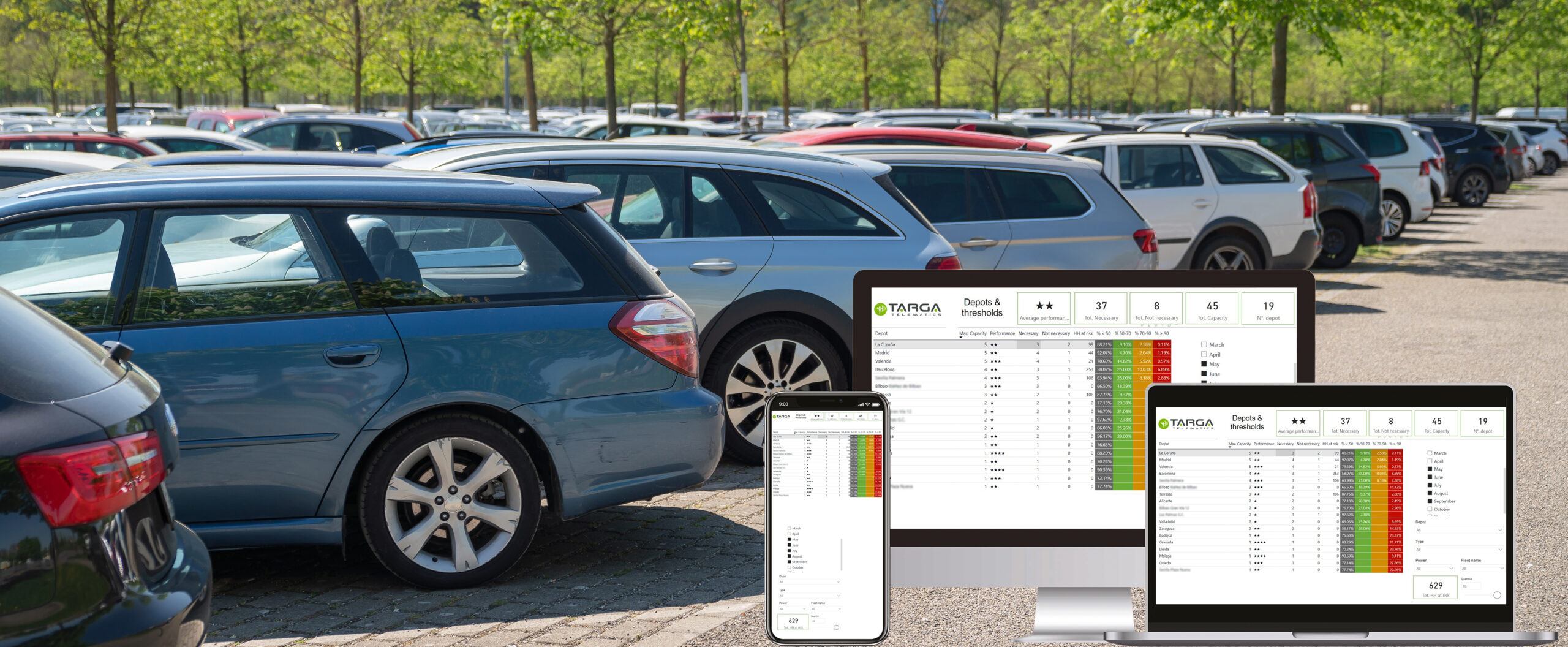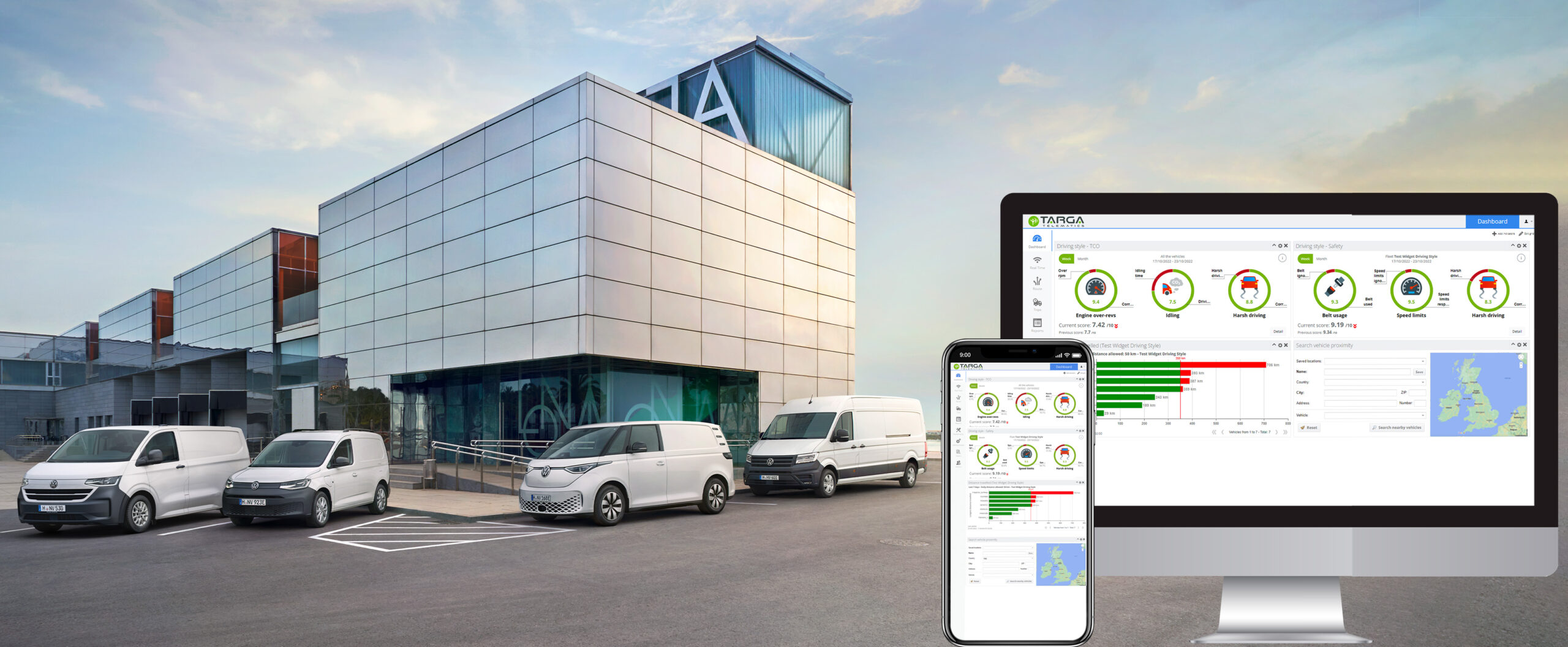Fleet saturation analysis allows fleet and mobility managers to optimize the number of vehicles used, according to the company’s actual transportation needs.
Targa Telematics—one of the world’s leading players in IoT and the development of digital solutions and platforms for connected mobility—expands its smart mobility offerings by launching a new feature: optimal vehicle usage analysis, also known as saturation analysis, which enhances the value of corporate car-sharing.
In a context where the ability to extract value from collected data is increasingly crucial, saturation analysis applied to car-sharing provides essential insights for optimizing investments, reducing costs, and maximizing service levels. With a data-driven approach, decisions are based on objective information and real needs.
Thanks to data collected on individual vehicles, saturation analysis enables the optimization of shared vehicle allocation based on actual usage. This approach improves operational efficiency, reduces costs, and helps avoid waste. Moreover, analyzing usage times and types of requests allows each office to allocate the necessary transportation resources to meet internal user needs.
“Our clients’ needs are always at the heart of our new service development. Saturation analysis is no exception, as it is designed based on our clients’ real needs, allowing them to make decisions grounded in objective data and concrete operational requirements,” commented Roberto Bordin, Head of Smart Mobility Products at Targa Telematics.
By analyzing real cases, Targa Telematics calculated that, for a large corporate car-sharing fleet (more than 1,000 vehicles), the adoption of this new feature allows a 16% reduction in the number of vehicles, saving approximately 600,000 euros annually in rental costs. In another case, involving a medium-sized fleet (around 300 vehicles), the fleet size was reduced by 22%, resulting in savings of around 250,000 euros.
This service is available to fleet and mobility managers through a dashboard that collects data and dynamically shows where and how to intervene to achieve maximum fleet efficiency over time.




